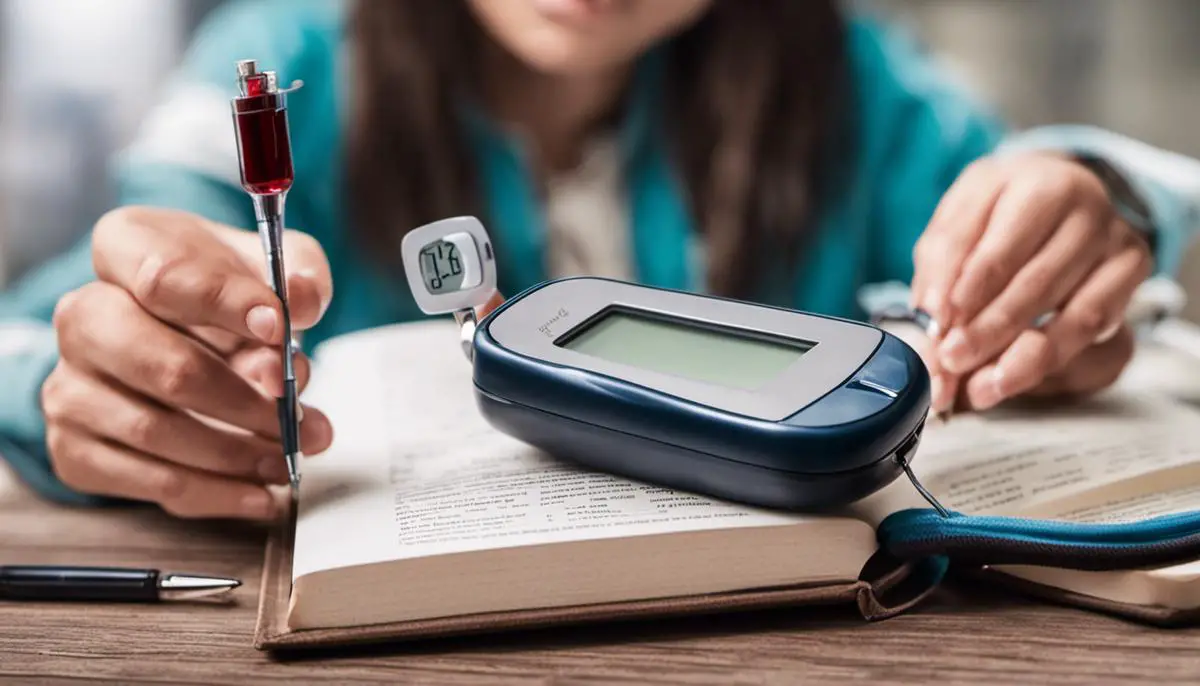Diabetes, a complex and multifaceted health challenge, is a growing concern around the world, particularly Type 1 diabetes. This form of diabetes, characterized by an autoimmune reaction that wipes out insulin-producing cells in the pancreas, affects people irrespective of age or gender. However, it tends to display distinct signs and symptoms in males, which are critical to be aware of. This documentation elucidates the intricacies of Type 1 diabetes and is driven by the need to foster knowledge and understanding about this disorder in the context of male health. Covering the basics of Type 1 diabetes, the manifestation of its symptoms in men, the impact it bears on male health, and how it can be diagnosed and managed, this comprehensive elucidation serves as a valuable resource for those seeking in-depth knowledge on this subject.
Understanding Type 1 Diabetes
Understanding Type 1 Diabetes: The Importance of Insulin
Insulin is responsible for allowing glucose (a type of sugar) to enter cells from the bloodstream, providing the cells with the energy they require to function adequately. In people with Type 1 diabetes, however, the pancreas produces very little or no insulin, which prevents glucose from being absorbed into the cells. Consequently, despite having ample glucose in the blood, the cells do not get the required energy, and the excess glucose in the blood causes a variety of health problems.
Type 1 vs Type 2 Diabetes: Key Differences
While both Type 1 and Type 2 diabetes involve the body’s ineffective use of insulin, the causal factors and onset differ between the two. Type 1 diabetes, often diagnosed in childhood or adolescence, is an autoimmune condition in which the body’s immune system mistakenly attacks and destroys the insulin-producing cells in the pancreas. This condition is typically not linked to lifestyle factors. On the other hand, Type 2 diabetes often develops later in life and can be influenced by elements like diet, physical activity, and body weight.
Symptoms of Type 1 Diabetes in Men
Symptoms of Type 1 diabetes are not gender-specific and can affect men and women equally. These include excessive thirst and frequent urination as a result of the body trying to expel excess glucose from the blood. Persistent hunger, even after eating, occurs as cells receive inadequate glucose. Unexpected weight loss may also occur as the body starts using fat reserves for energy in the absence of glucose.
Men might experience additional symptoms such as erectile dysfunction, reduced muscle mass, and low testosterone, which can cause sexual and urological problems.
Risk Factors
Certain factors can increase a man’s risk of developing Type 1 diabetes, including genetics and family history. Having a parent or sibling with Type 1 diabetes increases the likelihood. Moreover, age also plays a role, with most cases of Type 1 diabetes being reported in individuals under the age of 20.
Understanding and Managing Type 1 Diabetes
Living with Type 1 diabetes requires routine monitoring of blood sugar levels to keep them within safe limits, using injections or an insulin pump for insulin administration, and leading a healthy lifestyle that prioritizes physical activity and a balanced diet. Regular medical consultations play a critical role in checking for any possible complications and for necessary treatment modifications.
Presently there’s no known cure for Type 1 diabetes, but thanks to medical advancements, many of those with the condition can still lead flourishing, dynamic lives. Mastery in self-managing the disease is often the key to staving off complications and ensuring a high standard of living.
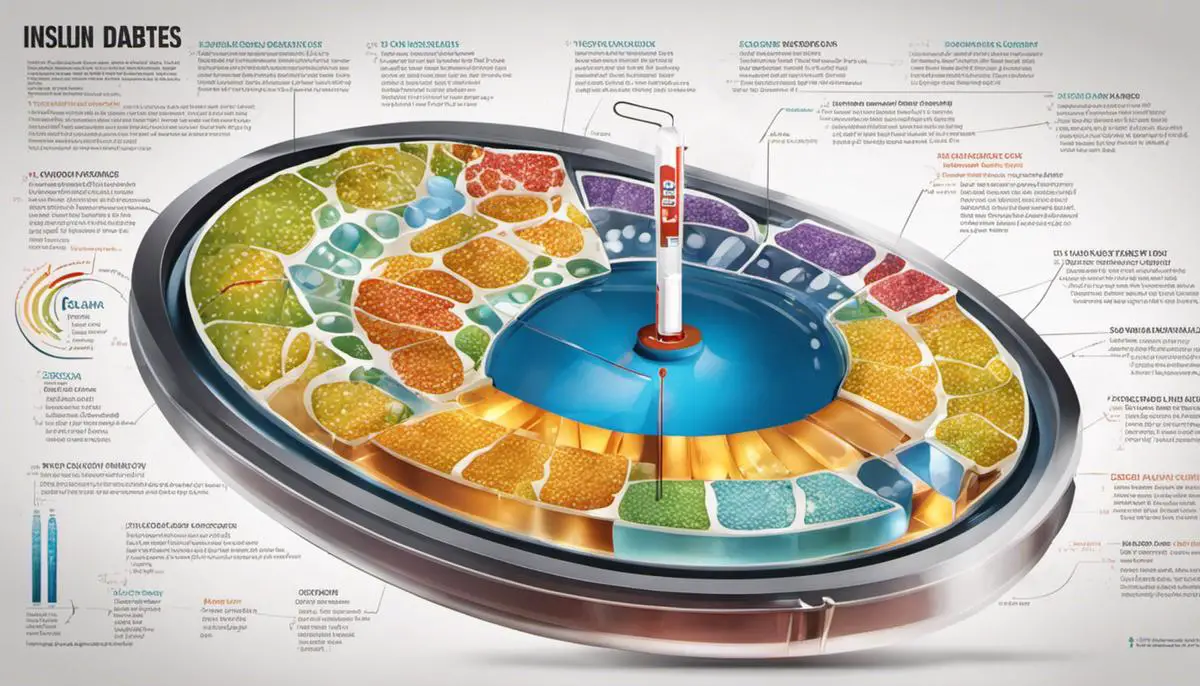
Signs and Symptoms of Type 1 Diabetes in Men
Key Symptom: Unquenchable Thirst
A classic symptom experienced by men with Type 1 diabetes is an excessive or heightened thirst, or polydipsia often paired with a persistent dry mouth. This thirst is instigated by high blood sugar levels, forcing the kidneys into overdrive as they try to flush out the excess glucose via increased urine production. This in turn can lead to dehydration, further intensifying the constant feeling of thirst.
Symptom: Frequent Urination
Frequent urination, or polyuria, is another classic symptom of Type 1 diabetes in men. This occurs when excess glucose present in the bloodstream is eliminated by the kidneys, which requires additional water. As a result, the person feels the need to urinate frequently, often defined as passing urine more than eight times a day or waking up multiple times during the night to urinate.
Symptom: Unexplained Weight Loss
Unexpected or unexplained weight loss is a common characteristic seen in men with Type 1 diabetes. Despite eating more than usual to relieve their constant hunger, they may lose weight. This is because their muscles and tissues aren’t receiving enough glucose, which they need for energy. As a result, the body starts breaking down fat and muscle for energy leading to weight loss.
Symptom: Fatigue
Men with Type 1 diabetes often express feeling excessively tired or fatigued. High blood sugar levels can directly contribute to this feeling of exhaustion, as the sugar is unable to enter cells due to an absence or shortage of insulin, leaving the individual devoid of the energy their cells need. Additionally, frequent urination and dehydration can also cause fatigue.
Symptom: Blurred Vision
Blurred vision is another potential symptom that can occur in men with Type 1 diabetes. When blood sugar levels are elevated, they can cause the lens of the eye to swell, impacting the patient’s ability to see clearly. As blood sugar levels normalize, this condition usually improves but can take a few months to fully recover.
Understanding the Symptoms
Recognizing the symptoms of Type 1 diabetes in men can be a complex task due to the variations in each individual’s experience. Some men may have a slow onset of the disease, which can often confuse it with Type 2 diabetes. Alternatively, overlooked signals like decreased libido, erectile dysfunction, or issues with ejaculation could also point towards diabetes, yet these are often blamed on other causes. Therefore, increasing awareness about these potential symptoms is critical. Any unusual or lasting symptoms should be communicated with a healthcare provider to ensure timely diagnosis and appropriate management.
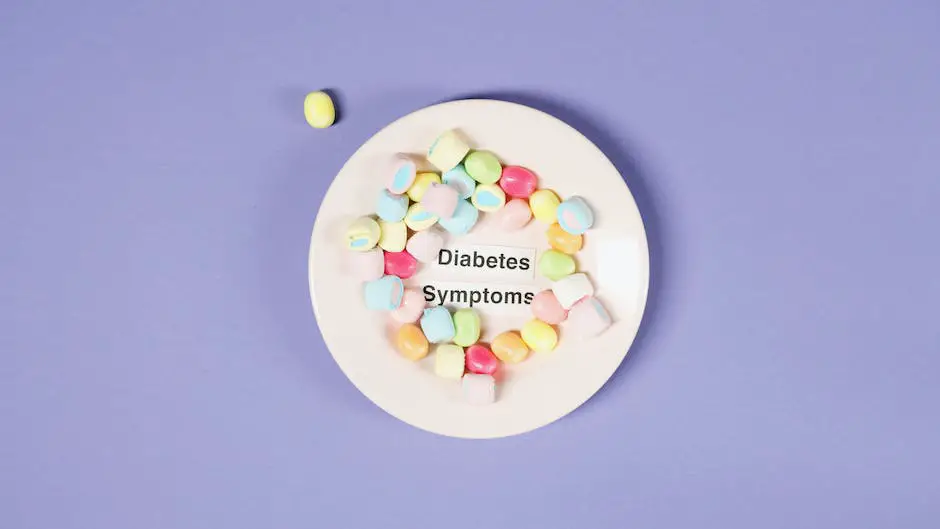
Impact of Type 1 Diabetes on Men’s Health
The Connection to Cardiovascular Health
As an added layer of complexity, Type 1 diabetes could be a significant factor to consider when discussing cardiovascular health. According to the American Heart Association, diabetes holds a place among the seven leading controllable risk factors for cardiovascular disease. For men with Type 1 diabetes, the stakes are even higher. The possibility of developing heart conditions, heart disease, stroke and heart attack is elevated, mostly due to continuous high blood sugar levels. Such hyperglycemia can cause blood vessels to thicken and reduce blood flow, increasing cardiovascular risks.
Sexual Health and Type 1 Diabetes in Men
Type 1 diabetes’ impact on men extends to the realm of sexual health as well. Men with this condition may experience erectile dysfunction, a medical condition where the person struggles to achieve or maintain an erection. The cause of this can be traced back to nerve damage and restricted blood flow resulting from uncontrolled blood sugar levels. Additionally, due to the potential of damaging the nerves around the bladder and urinary tract, men with Type 1 diabetes may also experience bladder complications and Urinary Tract Infections (UTIs).
Mental Health Implications of Type 1 Diabetes
People with type 1 diabetes have to cope with their chronic illness daily, leading to a higher risk of psychological challenges such as stress, fear, anxiety, and depression. Men, in particular, might face additional emotional distress due to societal pressures to appear “strong.” Furthermore, dealing with the disease’s management may add to these stress levels. This not only affects their mental well-being but also the effective management of their diabetes, as stress can affect blood glucose control.
Physical Effects of Type 1 Diabetes in Men
Typical physical symptoms of Type 1 diabetes can include blurred vision, increased thirst, frequent urination, extreme hunger, unexplained weight loss, and fatigue. These symptoms are not gender-specific and occur due to the body’s inability to correctly process glucose. In the long term, continuously high blood sugar levels can lead to complications like kidney disease, eye issues, nerve damage, and various skin and mouth conditions.
The Impact of Type 1 Diabetes on Men’s Overall Health
Beyond these specific domains, Type 1 diabetes also escalates the risk of other health problems in men. Improper management of this condition can cause damage to blood vessels, leading to poor circulation, particularly in the feet. This issue, in some severe cases, may increase the risk of infection and possibly lead to amputation. High blood sugar levels may also impact nerve function in the digestive system, leading to conditions such as gastroparesis.
Effective Management of Type 1 Diabetes
Individuals diagnosed with Type 1 Diabetes are strongly advised to maintain close monitoring and control of their blood sugar levels. They should also lead a healthy lifestyle, marked by regular exercise and a balanced diet, accompanied by psychological support and regular medical check-ups. By practicing such steps, men with Type 1 diabetes can significantly minimize their chances of encountering serious health complications.
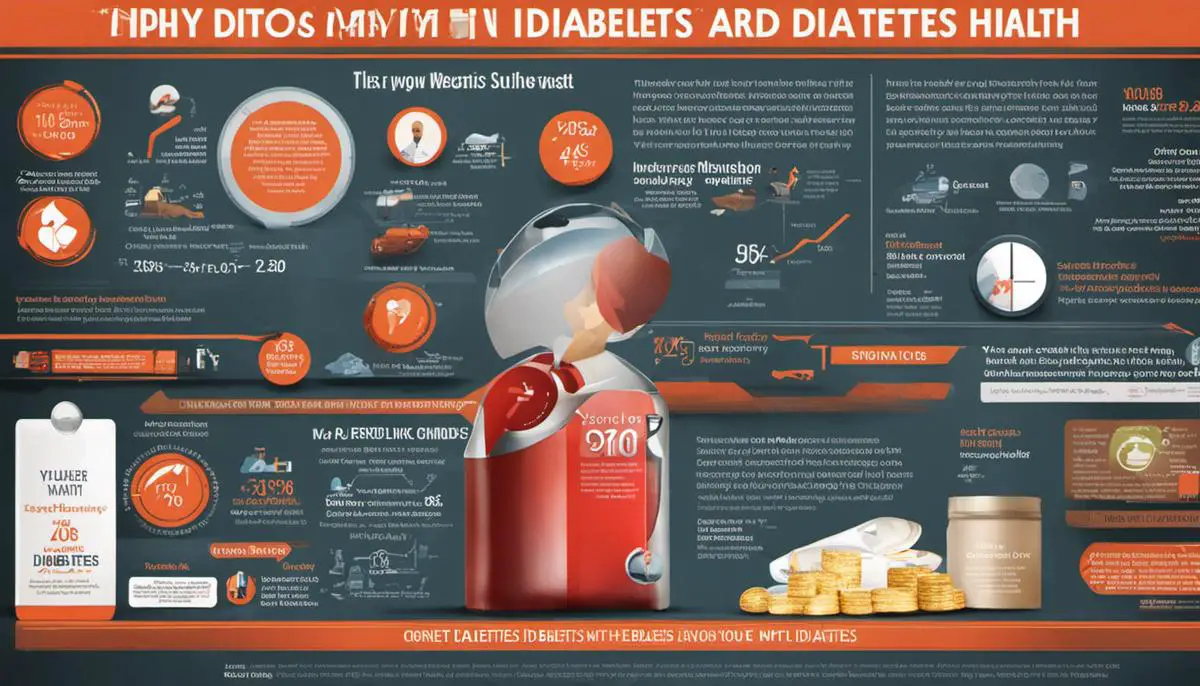
Diagnosis and Management of Type 1 Diabetes
Identifying Type 1 Diabetes in Men
Generally, to diagnose Type 1 diabetes in men, medical experts perform a series of blood exams aimed at identifying elevated blood glucose levels. Usual tests include the glycated hemoglobin (A1C) test, the Fasting Blood Sugar (FBS) test, the Random Blood Sugar Test, and the Oral Glucose Tolerance Test. These tests are crucial in enabling early detection and prompt treatment.
Daily Management of Type 1 Diabetes in Men
Men with type 1 diabetes need to maintain a high degree of diligence in managing their condition. Daily management involves constant monitoring of blood sugar levels, taking insulin, consuming a healthy diet, and regular physical activity.
Because individuals with Type 1 diabetes cannot produce their own insulin, insulin therapy is imperative. It typically involves administering insulin several times a day through injections or an insulin pump. The regimen that works best varies per individual, depending on factors like lifestyle, age, weight, and overall health.
A balanced diet is also crucial to manage blood glucose levels, this includes a diet rich in fruits, vegetables, lean proteins, and whole grains. Furthermore, regular exercise lowers the risk of heart disease, helps manage blood glucose levels, and can be beneficial in maintaining overall health.
Routine medical check-ups are paramount to managing type 1 diabetes in men. These typically involve multi-disciplinary teams, including endocrinologists, dietitians, and diabetic educators, to provide a comprehensive diabetes care plan.
Importance of Regular Medical Check-Ups
Regular medical check-ups for men with type 1 diabetes are essential due to the variety of complications that can arise from this condition. These complications include heart disease, stroke, kidney damage, nerve damage, and even issues with sexual function. Regular check-ups can help detect these problems early, or even prevent them entirely by assisting in maintaining better control of blood glucose levels.
Doctors typically monitor blood pressure, cholesterol levels, kidney function, and eye health during these check-ups. Moreover, a yearly flu shot is recommended to reduce the risk of severe disease as diabetes can weaken the immune system.
Overall Management of Type 1 Diabetes
While type 1 diabetes can be a challenging condition to manage, with careful attention to symptoms and sticking diligently to prescribed management strategies, men with Type 1 diabetes can lead a healthy and active life.
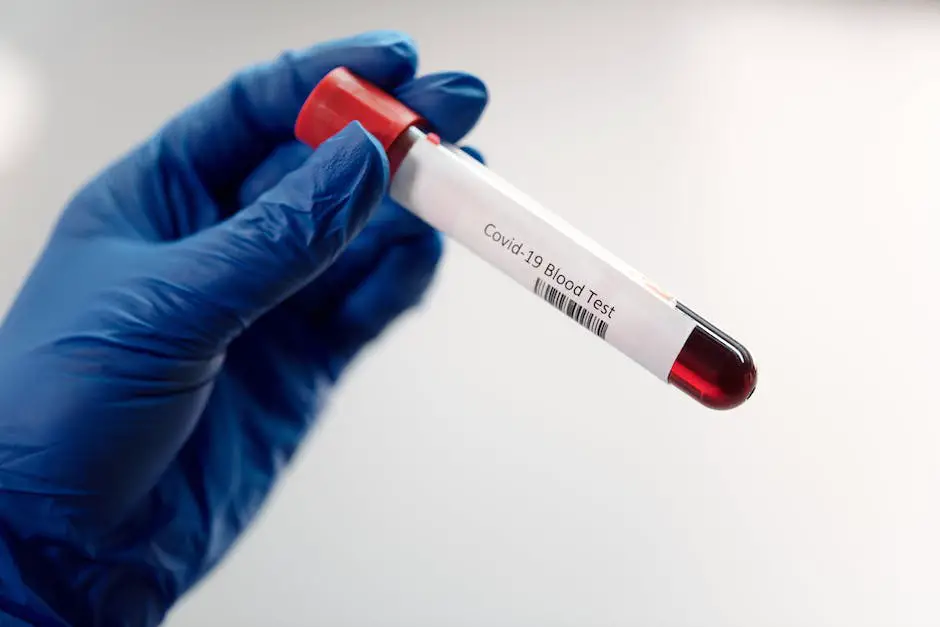
Through an in-depth understanding of Type 1 diabetes, one can better manage the condition and thus improve longevity and quality of life. Being aware of the symptoms and how they specifically present in men is paramount, and acknowledging the multifaceted impact that this form of diabetes can have on a man’s overall health is undoubtedly essential. Equipping oneself with knowledge about the available diagnostic procedures, as well as potential management strategies, is fundamental for those living with the condition or those at risk. This extensive review underscores the fact that with the right information, discipline, and healthcare support, it is practically possible to live a healthy and fulfilling life despite having Type 1 diabetes.
